What do we do, as physical therapists?
This is a re-vamped post from Erwin's original tumblr at @thematchfitphysio. You can find the link at the bottom.
It’s a common scene at any random bar or dinner: People intermingle, imbibe, inquire.
“Wait, so what do you do?” I briefly consider telling this person that I’m a math teacher.
“I’m a physical therapist.”
Record scratch.
Sometimes, I get, “Oh, well my neck hurts,” followed by “Well, I hurt my back, what can I do to fix it?” The math teacher lie might have proven useful. I would regret my earlier decision, but I enjoy talking shop, so it’s not a big deal.
However, “I’m a physical therapist,” is frequently followed up with, “Oh, you give massages and stuff? That’s nice.”
I try to keep myself from rolling my eyes. My second instinct is to restrain myself from lashing out and destroying everything in sight a la Gojira.
I take a deep breath and tell myself to shut up.
It is then, that I realize: Nobody knows what we do, as physical therapists.
What do I really do? Take this person to school: educate the questioner and help them understand what I do for a living.
So what do we really do?
What is our purpose?
We can figure out almost everything musculoskeletal about your body from the way you move. Your movement tells us about limitations in your strength, your range of motion, and how your body carries itself.
We can use our hands and words to direct attention to parts of your body that you are aware of (or not aware of) using. Many people are unaware of their pelvic position which can affect posture and ultimately, anything from your head to your toes.
Those same hands are used to mobilize (or move tissue around) your body. Therapists call it soft tissue manipulation or myofascial release. The work that we do on your muscles is simply not just a relaxing massage, but specific tissue work in order to restore muscle length and function.
We can assess acute medical injuries. Our education enables us to diagnose most injuries without the use of imaging by taking a careful history and listening to the patient. Since most of us don’t have X-ray vision or an MRI built into our operating hardware, we depend on our hands and our clinical judgement to determine whether or not a lacrosse player has an ACL tear, or if a crossfitter has torn their rotator cuff.
We use exercise to assist your rehabilitation. Little tweaks in your technique will make you sweat – and you will see the difference. Ultimately, you will feel stronger and more stable for it.
We use these assessments, tools and treatments to help you return to the activities that you want to do. That movement assessment we did? We use all of our techniques above (not limited to the prior list) and help you move differently (dare we say economically?) in order to help you return to pain-free or better yet, more efficient activity.
We are well educated on the human body and it's functions. We spend three hard years in school (and many more) studying the musculoskeletal, cardiac, nervous, endocrine, reproductive and digestive systems in order to understand how to approach specific health issues.
As a medical professional, we are also qualified to refer to another professional when we realize that the discomfort or pain you are feeling is out of our scope of practice.
We don’t just work with athletes; our scope of practice doesn't stop there.
Our field was born in the rehabilitation centers that received soldiers after World War I and II. We can work with patients that have suffered from a stroke or heart attack, post-heart or lung transplant, and help children with sensory integration issues or cerebral palsy.
I have helped a photographer return to holding positions to take pictures for work after severe knee pain and return to playing soccer after his doctor told him he would never be able to play again.
I showed an older patient how to independently get into and out of cabs using their own strength who thought that at her first visit, she would never enable her to get into cabs without having someone to pull her in.
I have helped a stroke patient re-learn how to walk without an assistive device at home after being dependent on crutches and holding onto objects, and listened to their reaction after they spent years thinking they would be completely dependent on their crutches.
To bring it full circle: we don’t just “massage,” but we work with our patients to help them return to the things that they need and love to do on a daily basis.
We can help you if you let us! Pay a visit to your local physical therapist to get to know more about what they can do to help you if you’re not feeling 100%.
Did you dig that piece? Get where we are coming from? Have more questions about what we do? Reach out to us. We want to hear from you.
And if you think that you have friends or know someone that might say, "Oh, you guys give great massages," please feel free to show them this article.
Lastly, if you liked our piece, please click like or the little heart, or click the share button and actually share it - that way more people will get to enjoy my crap writing like you just did!
#getmatchfit #matchfitnyc
Check us out:
Instagram: @matchfitperformance | twitter: @matchfitpx
Reach out to us and book an appointment at the button below.

